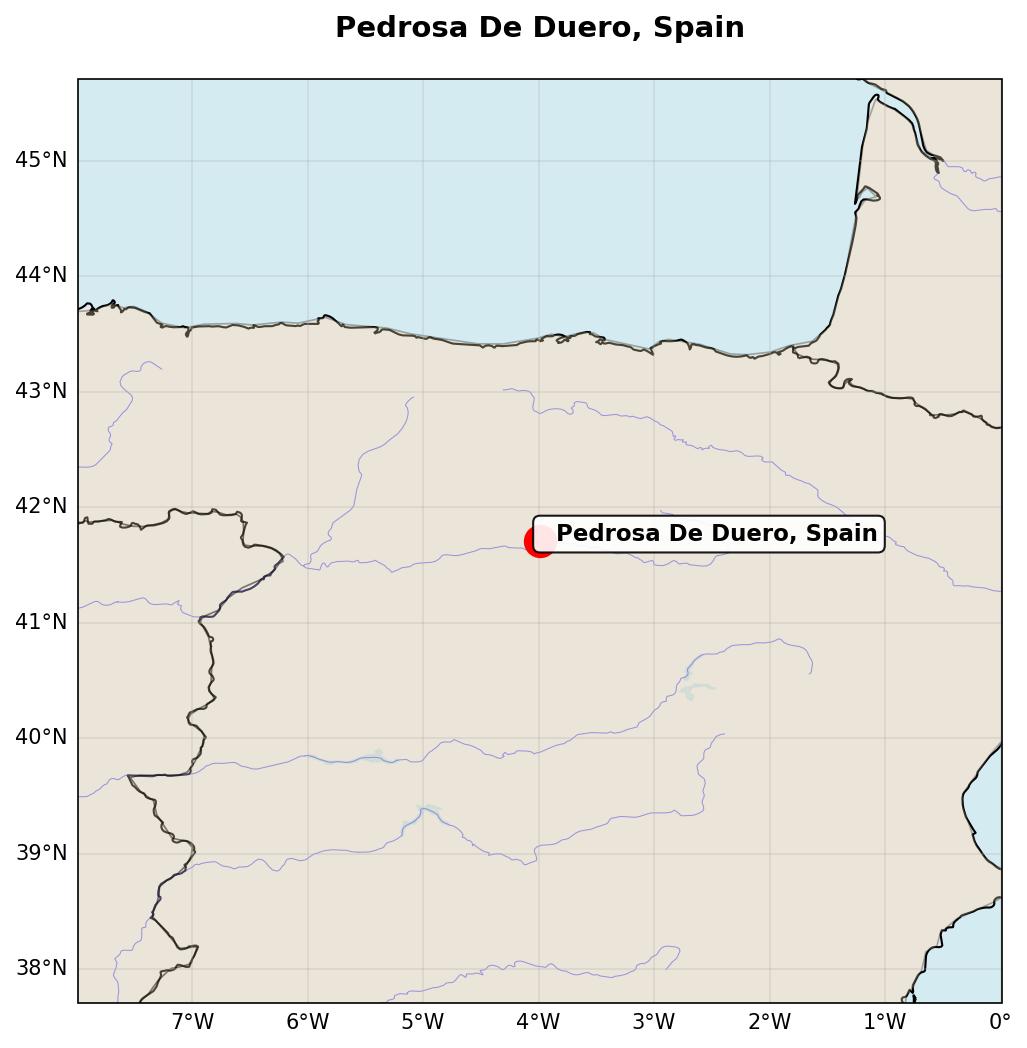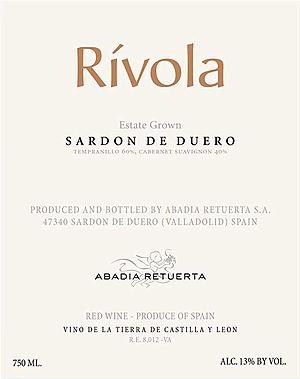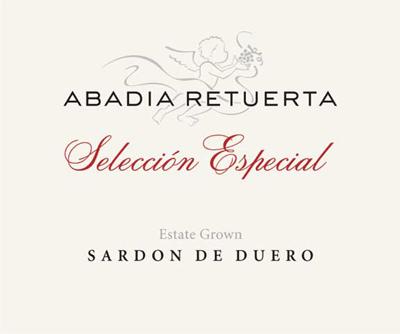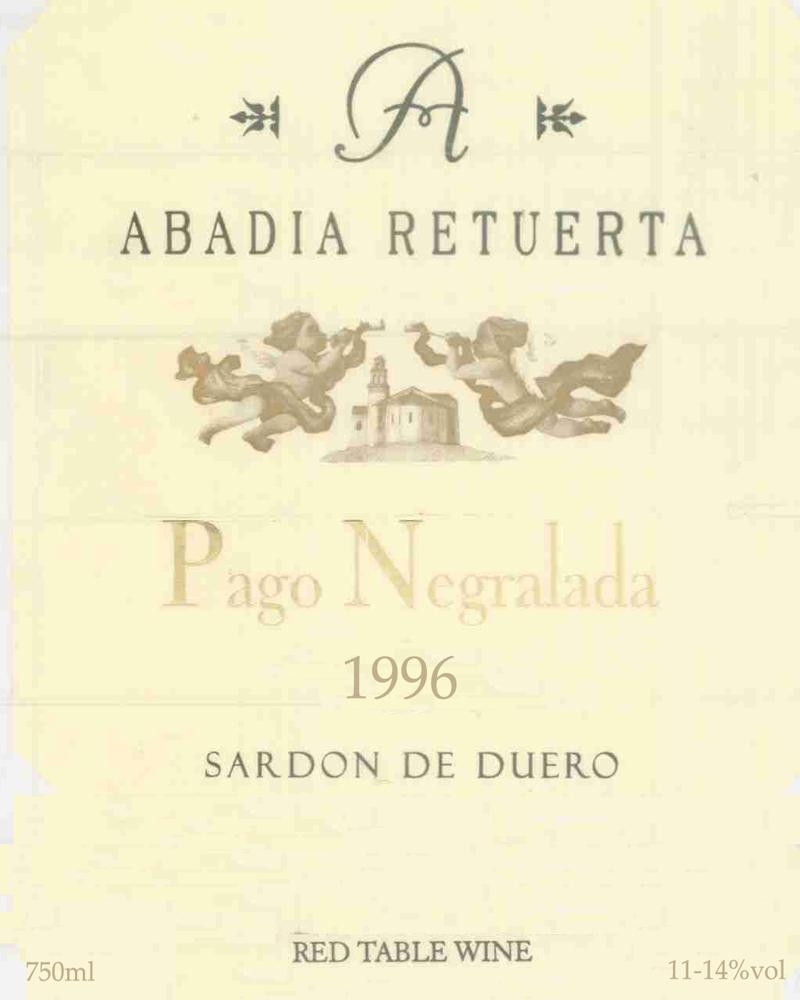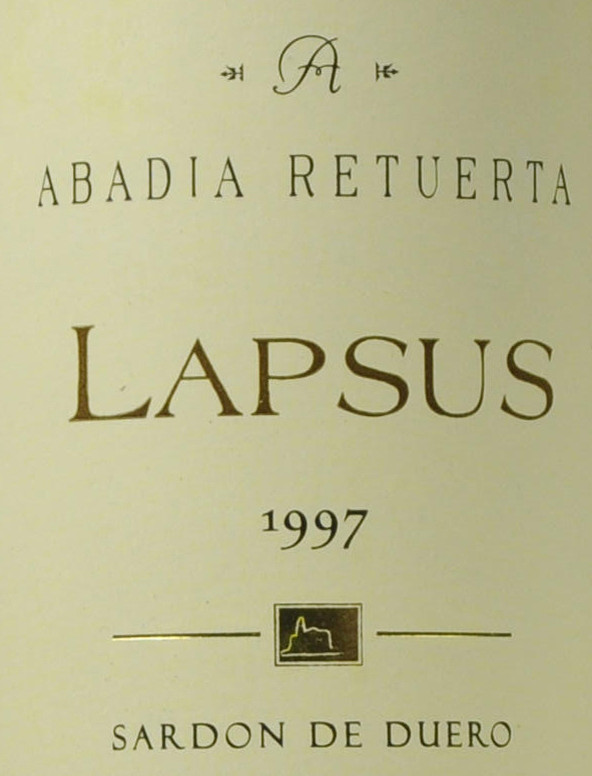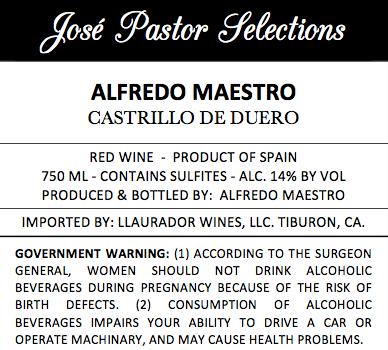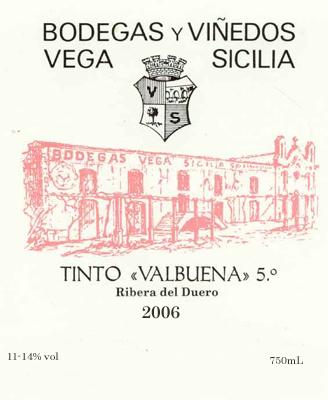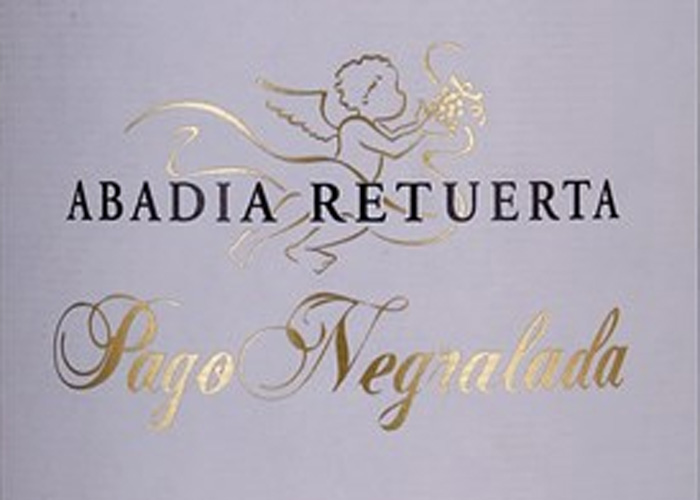Terroir of Pedrosa de Duero
Pedrosa de Duero's vineyards thrive in a continental climate with hot summers and cold winters, marked by sharp temperature swings from day to night. These conditions are ideal for maintaining acidity while allowing tannins to mature, enhancing the depth and structure of the wines. The region's annual rainfall is modest, often under 500 mm, leading to occasional drought stress on the vines.
The high-altitude hills, sitting between 800 to 900 meters above the Duero River, boast poor, rocky soils enriched with limestone clays and sands. These well-drained terrains, with their varied sunlight exposures, contribute to the development of small berries with concentrated flavors and a mineral quality, perfect for crafting robust reds with excellent aging potential.
Notable Wineries in Pedrosa de Duero
In Pedrosa de Duero, a charming village nestled in Spain's Ribera del Duero, a few family-run wineries stand out for their dedication to crafting exceptional wines. Among these, Bodegas Hermanos Pérez Pascuas (Viña Pedrosa) is celebrated for its deep and nuanced Tempranillo offerings. Bodegas Rodero, another notable winery, is known for its elegant and well-structured reds. Additionally, Bodegas Pago de los Capellanes offers a remarkable range of wines, from vibrant jóvenes to sophisticated Gran Reservas.
These wineries expertly showcase the region's unique terroir, characterized by high-altitude vineyards and limestone-rich soils. Visitors are welcomed to explore and taste these premium wines, experiencing firsthand the artistry and tradition that make Pedrosa de Duero a must-visit destination for wine lovers. Each winery offers a glimpse into the remarkable craftsmanship behind some of Spain's most cherished wines.
Sustainable Winemaking in Pedrosa de Duero
In Pedrosa de Duero, sustainability is woven into the fabric of viticulture. The village's winegrowers prefer organic methods, using minimal sprays to maintain biodiversity and soil health. Sheep grazing is a common sight, naturally fertilizing the land and reducing the need for herbicides. Cover crops and green manures are widely used, while hand harvesting ensures a gentle touch. The dry climate helps control vine diseases, promoting healthier vineyards.
Wineries in the area are investing in water recycling, solar energy, and efficient machinery to minimize their environmental impact. Many ferment with native yeasts and limit sulfur use to highlight the unique character of their wines. An experimental facility affiliated with the regulatory council is testing climate-adapted rootstocks and eco-friendly techniques, demonstrating the region's commitment to sustainable winemaking and resilient agriculture.
Wine Tourism in Pedrosa de Duero
Pedrosa de Duero, a gem along the Ruta del Vino de Ribera del Duero, offers a rich wine tourism experience. Wineries like Bodegas Hermanos Pérez Pascuas and Bodegas Rodero invite visitors to explore their vineyards and barrel rooms, providing a taste of the region's celebrated Tempranillo wines.
The village's scenic trails are perfect for hiking or biking, showcasing the stunning Duero valley. Seasonal events, such as harvest festivals, enrich the cultural experience, allowing visitors to engage deeply with local traditions.
Sustainability is key in Pedrosa, with organic practices enhancing biodiversity. The village's commitment to eco-friendly methods reflects in its wines, adding a unique character to each bottle. Despite limited lodging, Pedrosa's allure as a day-trip destination or a stop on a broader Ribera del Duero journey is undeniable, offering both natural beauty and exceptional wine experiences.


